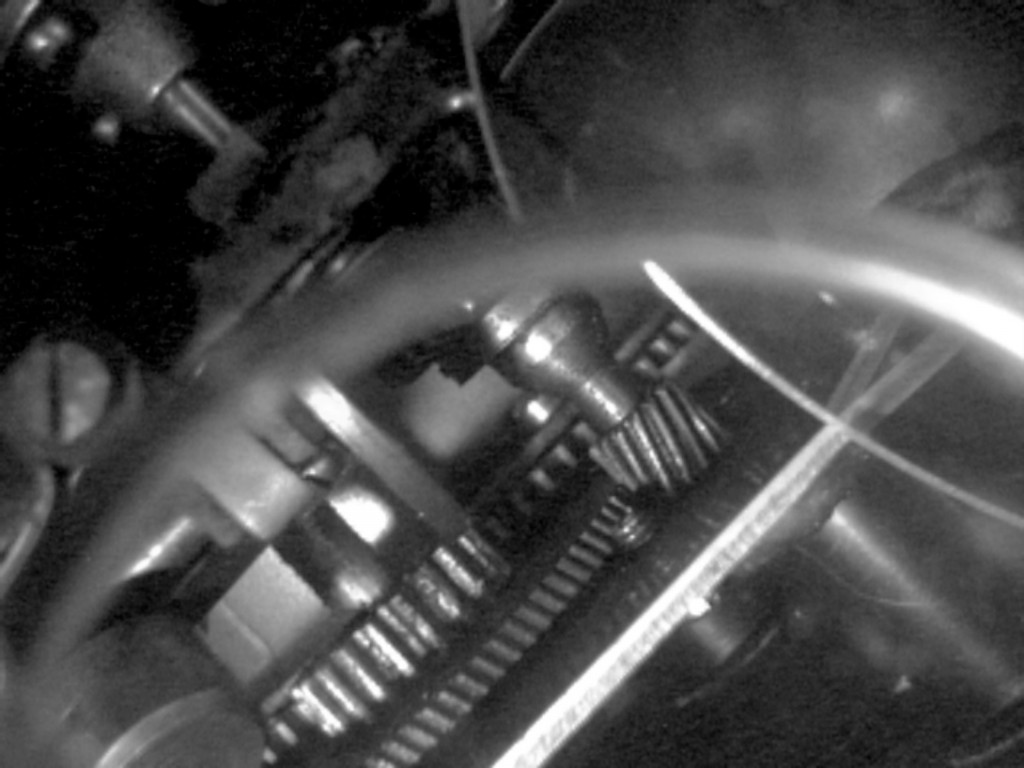Long form radio art work, also developed under the name Zero Hour. (2012-2014);
5 hours or five 60-minute episodes.
Premiered on radioCONA and Radio Študent, January 16, 2014, Ljubljana, Slovenia. Rebroadcast in its entirety on Radiophrenia, Centre for Contemporary Art, Glasgow Scotland (April 13, 2015) and Resonance FM, London (August 4, 2015). Excerpts rebroadcast on various stations.
Developed as part of a suite of iterations about radio and timekeeping (includes the broadcast and performance work For the time being (2010), the compositions Measure the time taken (2012), and the installations 5 Times (less a hundred) (2012), Studio Time (2013), and Collecting Clocks and Losing Time. My ongoing exploration on the perception and standardization of time through timekeeping and recording, and radio, culminates in this long-form radio piece exploring the continuous, irregular present by stretching, manipulating and suspending the ‘zero hour’ to produce Uncoordinated Universal Time.
The sonic basis of the work is 0:00:00 – 0:59:59, or the “zero hour” of co-ordinated universal time, as recorded from shortwave radio. The Universal Time Clock, determined by cesium clocks linked with dedicated radio stations such as WWVB operated by the National Institute of Standards and Technology from Fort Collins Colorado, is broadcast globally on shortwave bands, and is the basis for standardizing time on all wireless and networked devices since 1972. Uncoordinated Universal Time and Zero Hour reflect on the entanglement of radiophony with this curious product of military research, which together underlies time synchronization between all contemporary digital systems. As the literal timepiece of science, the cesium clock is a metronomic pulse, an urgent tick that forms a continual reminder of work yet to be performed. The broadcast of the clock measures time as a pervasive and ambient signal across the post-atomic landscape of the electro-magnetic spectrum, which this work seeks to contemplate and reframe through modulations of the original signal as well as through reframing radiophonic relationships (between performers as well as audience).
The advent of atomic time after WWII means time is no longer determined by cosmological measurement (such as Earth’s rotation around Sun) and the second is now the fundamental unit, defined not as a fraction of a year but as a vast number of very quick oscillations. Likewise, time standardization functions as a normative field of influence—from time obedience (social behaviours in response to the chime of a bell or clock) to time discipline (internalization of punctuality such that behaviours anticipate the clock chime). Meanwhile, quotidian time perception eludes such regularity, and even digitally networked devices may fail to synchronize. UUT and Zero Hour consider the Futurist dream of time overcome and measures it against the continuous, irregular present, suspended and stretched through habit and drift. Finally, the proposal that time is simply measured by the oscillation between two points, making any stable oscillator a de facto clock, provides enormous opportunity for sound artists to create ‘clock’ instruments prone to interesting failures in regularity.
